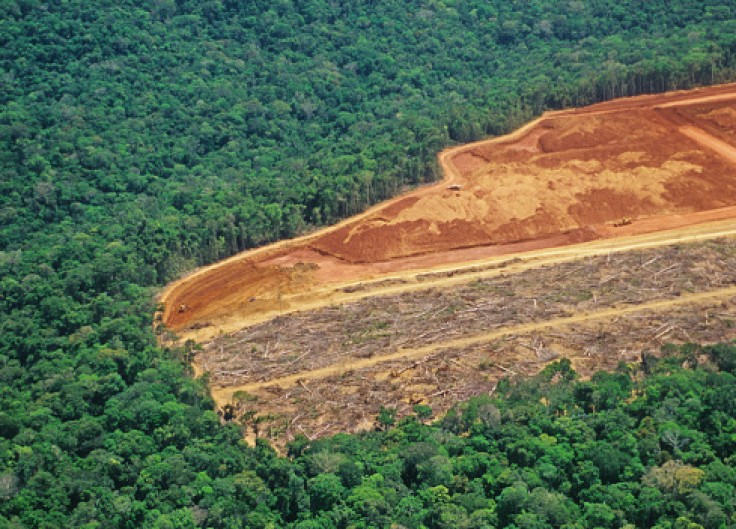More and more reports of environmental issues are surfacing as they become increasingly difficult to ignore. With that said, even agencies like NASA contribute with their technologies to avoid further damaging natural environments that need to be preserved.

NASA Satellites Looking Over the Amazon
The Amazon is the world's biggest rainforest and home to millions of species, which is reason enough for us to try to protect it. It appears that NASA shares that sentiment as it offered its satellite technology to help monitor the tropical jungle.
NASA's administrator, Bill Nelson, announced the contribution during his trip to Brazil as he visited its space agency, the National Institute for Space Research (INPE). He explained the mechanics of which the technology could help with the goal.
The US space agency's new satellite called NISAR would be completed by January and it would be able to capture images to determine the occurrences below the cover of trees in real-time, as reported by Interesting Engineering.
Nelson stated that "it is going to be able to look through the canopy of the jungle so that we can see if someone has burned the undergrowth and that would ultimately kill the big trees." The technology will become a big part of a planned project for the rainforest.
The mentioned project is called SERVIR Amazonia, which will help scientists among others, make decisions regarding the rainforest using Earth science data. It will also help detect threats like deforestation, food insecurity, and whether emergency workers need assistance during disasters.
SERVIR Amazonia becomes as important as ever, especially with the prediction that the forest which has a significant contribution to the planet's state will collapse by 2064, according to a professor from the University of Florida, Robert Walker.
Nelson mentioned that he himself saw the damage in the rainforest back in 1986 based on the different colors he could see, which he witnessed whilst aboard NASA Space Shuttle Columbia, which likely prompted him to assist with the preservation efforts.
What Happens if the Amazon is Destroyed
In the event that the biggest rainforest is irreversibly damaged, it will have catastrophic consequences. For one, it is home to 10% of the world's species, consisting of 40,000 plant species, 2.5 million insects, 3,000 freshwater fish, and 370 reptiles.
Considering the Amazon rainforest's size, its deforestation will significantly affect the air quality of the planet, especially since it plays a huge part in absorbing carbon dioxide and releasing oxygen. Without a large number of plants, flooding will get much worse.
Other than warmer temperatures, there will be longer droughts as well. According to Earth Reminder, a huge percentage of the world's food supply comes from the forest. It holds 3,000 edible fruits such as oranges, lemons, avocados, mangoes, pineapples, figs, bananas, and more.
The Amazon rainforest is also the home of approximately 30 million people, 2.7 of which are indigenous, with around 350 ethnic groups. Its destruction will greatly contribute to the already alarming rate of global warming and climate change.









